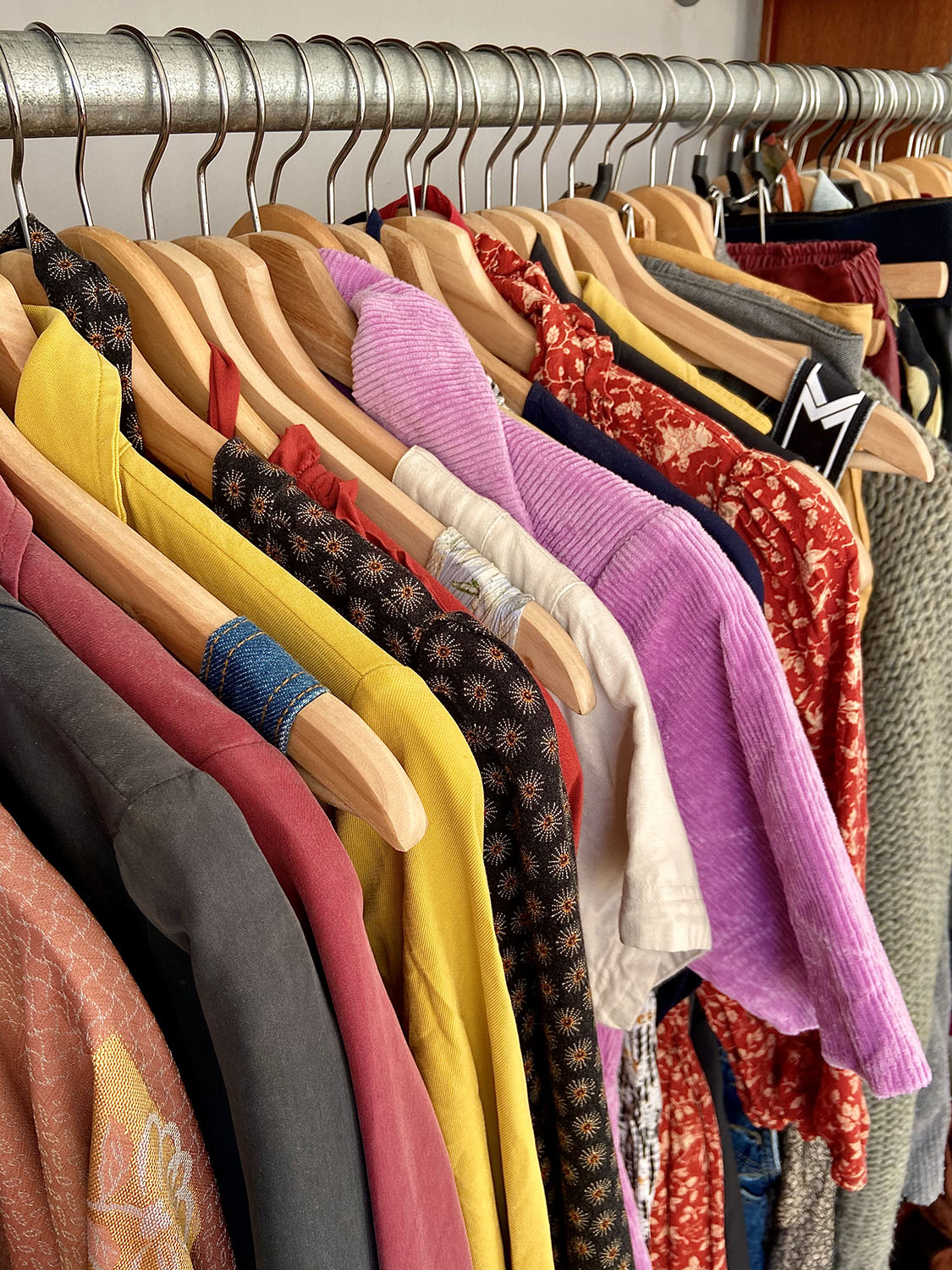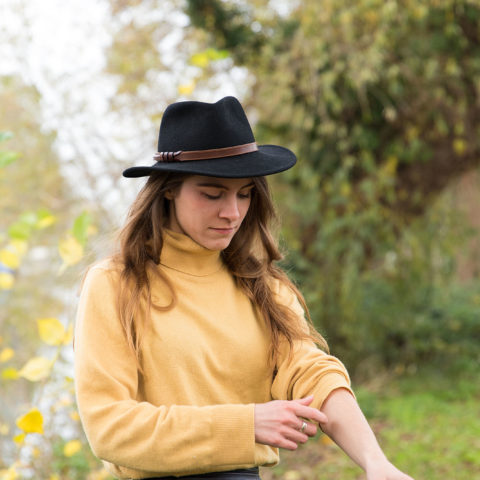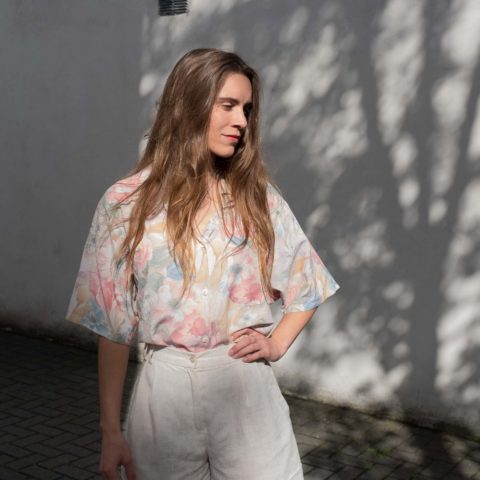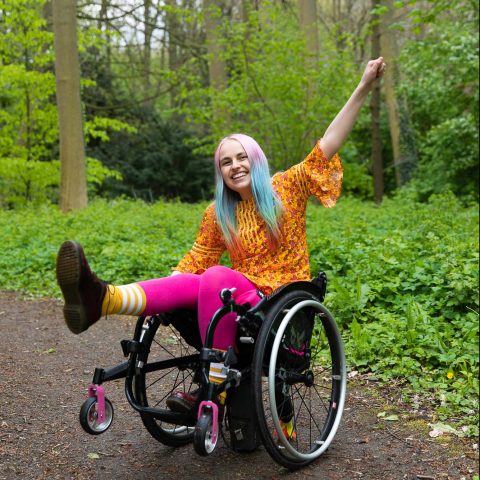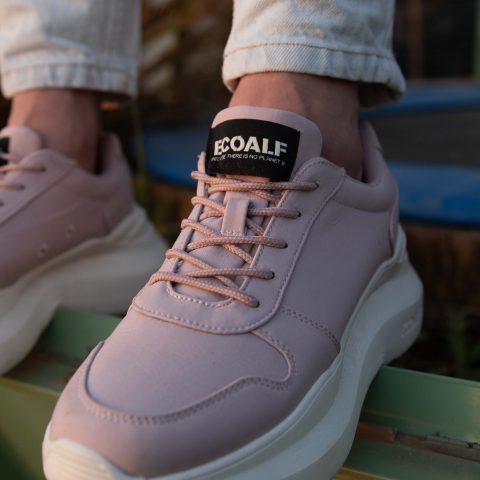An average consumer throws away 31 kilograms of clothing a year. Let that sink in for a moment. 31 kilograms a year. This means that globally we produce 13 million tons of textile waste each year. And the worst part is, the majority of our clothes goes to landfill.
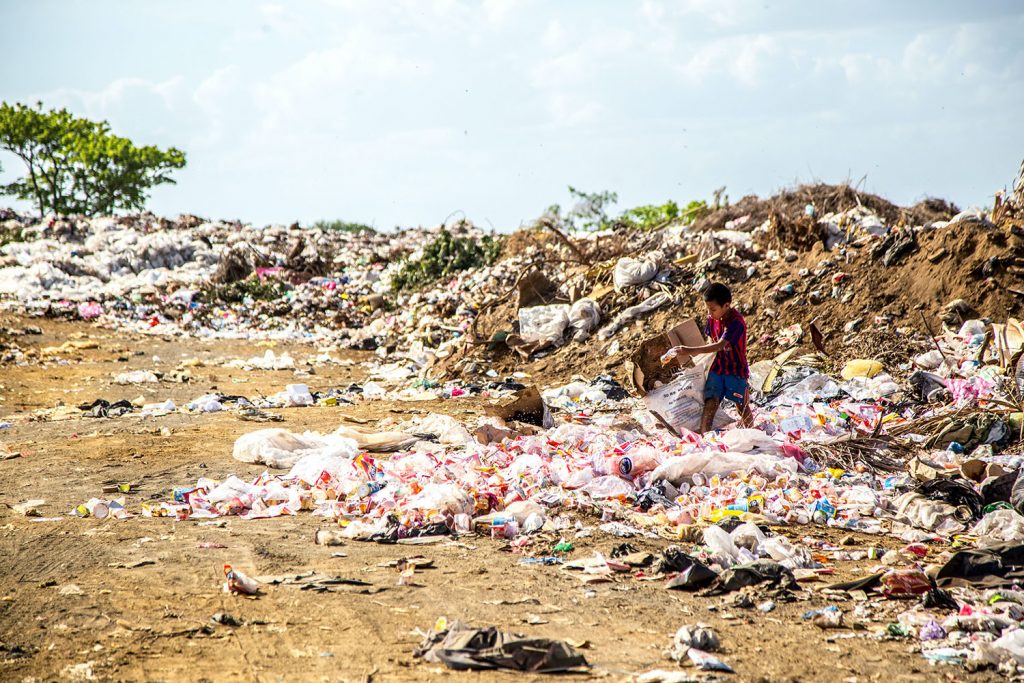
I didn’t write this blog post to tell you that we screw up as humanity and leave you feeling depressed. I don’t want to give you the idea that you have to choose between two evils. Some things are really complicated, and this blog is to inform you so that you can make your own choices.
Clothing bins
We all know these clothing recycle bins in the streets. And I know, it feels so good to clean up your closet and donate a few garbage bags full of clothes. But where do your old clothes end up?
It’s essential to check the labelling on the outside of the bin and do a little research. There are commercial companies that will sell your items for profit, companies that will ship your garments overseas, and others will use donations to help the local community.
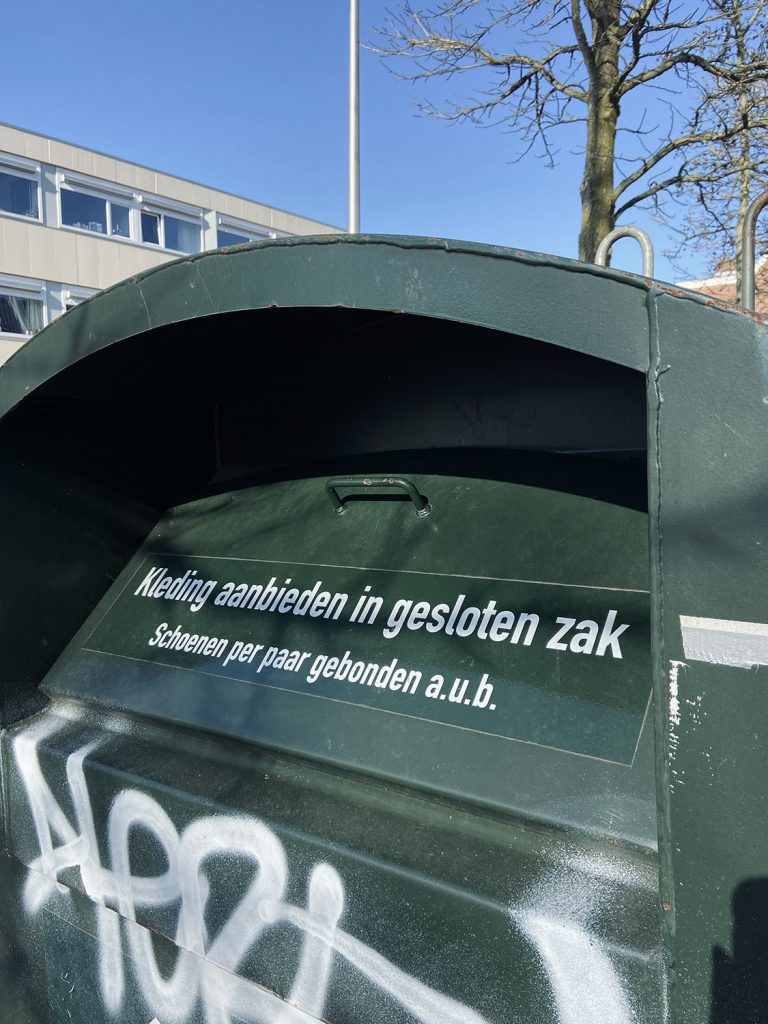
Second-hand clothing business
Don’t get me wrong; I think it’s great that there’s so much interest in second-hand clothes and reselling clothes. The most sustainable way to get rid of your old clothes is to make sure someone is repeatedly wearing them. But the point is that most of the time, we have no idea where our old clothes end up and who’s making a profit from it when we throw them into a donation bin.
If you want to make sure that your clothes will end up in the right place, you could better donate your clothes to a specific charity, like Dress for Success or a local charity shop in your neighbourhood.
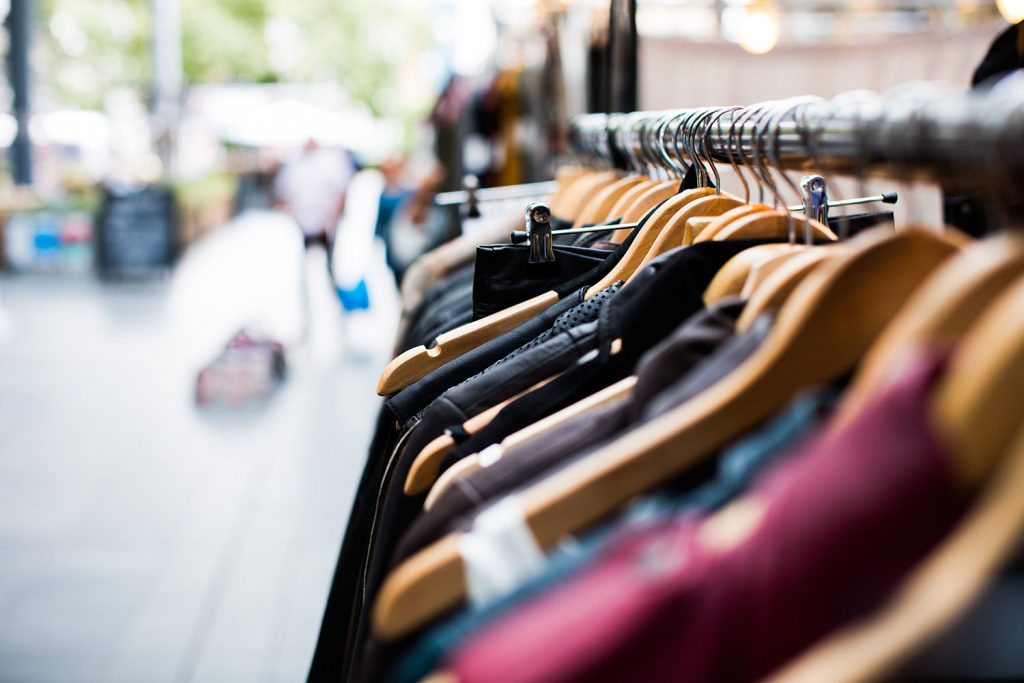
Stifle local economy in the developing world
Sending garments and accessories to developing nations seems like a good deed at first glance. But the truth is that developing countries actually depend upon their thriving textile businesses to support their growing infrastructure. The local textile industry provides employment opportunities: Farmers to provide the cotton, weavers that create the fabrics, dyers that colour the fabrics, designers that design the clothes, and the merchants that sell the clothes.
Besides that, it is actually a common misconception that non-profit organisations distribute second-hand clothes freely in the developing world. Most of these charities do not claim to give your old jeans and T-shirts away for free, but it is not readily apparent that donated clothes will be sold to traders who will then retail them.
According to the Guardian, second-hand clothes dominate local market stalls in sub-Saharan Africa. Across the African continent, second-hand clothes are a mainstay of informal traders, even accounting for the majority of clothing sales in some countries. In Nigeria, they are known as “kafa ulaya” (the clothes of the dead whites) and “roupa da calamidade” (clothing of the calamity) in Mozambique.
Recycling old clothes
Globally just 12% of the material used for clothing ends up being recycled. The rest will end up in landfills. Much of the problem comes down to what our clothes are made from. Nowadays, most of the produced garments are made out of problematic blends of natural yarns, mand-made filaments, plastics and metals. Besides the fact that blended synthetic materials produce microplastics when washing them, they are also challenging to recycle.
According to BBC Future, Sorting textiles into different fibres and material types by hand is labour intensive, slow and requires a skilled workforce. The growing use of modern fabric blends in clothing also makes it hard to do this mechanically, although European researchers have been developing techniques that make use of hyperspectral cameras – which can see light beyond the limits of human vision – to better identify different fabric types. Once sorted, the dyes that have been applied to the fabrics need to be removed in order for yarns to be reused.
Currently, very few of the clothes that are sent to be recycled are actually turned into new clothing – a process known as “material to material” recycling. Old wool jumpers, for example, can be turned into carpets, cashmere can be recycled into suits. But as of 2015, less than 1% of used clothing was recycled in this way.

So, what to do with our old clothes? It used to feel so good when I donated some bags of old clothes in these recycling bins, but now for me, it feels better to know where my old clothes will end up. Here’s what I do with old clothes:
Old clothes that are still worth wearing:
- Organise a swap party and trade your old clothes with someone else.
- Bring them to a charity shop or Give-Away shop in your neighbourhood. A clothing asylum is a nice option as well.
- Make an account on Vinted or other platform and sell your garments online.
Old clothes that need to be repaired:
- Repair your old garments instead of buying new clothes.
- Can’t fix it? Turn it in something else, like a lovely headscarf or belt.
- Donate them to a friend who can turn it into something else.
- Bring the item to a Give-Away Shop (mention the damage, so people know what they can expect, perhaps someone can use the fabric).
Old clothes that can not get repaired anymore:
- Use them as a dust rag or cleaning cloth. I’m using an old sleeve for years to shine my shoes.
- Only put worn-out clothes in the recycling bin, so they can be recycled or used as an insulating material.
Think before you buy
To come back to the fact that an average consumer throws away 31 kilograms of clothing a year: The only way that we can fix this problem is when we realise how we maintain this overload of old clothes. I’m repeating myself, but the conclusion of this all is: Think before buying new clothes. Cherish the clothes that you already have, because you bought them once for a reason. Remember why and try to find that spark again. I’m sure they look good on you <3 .

